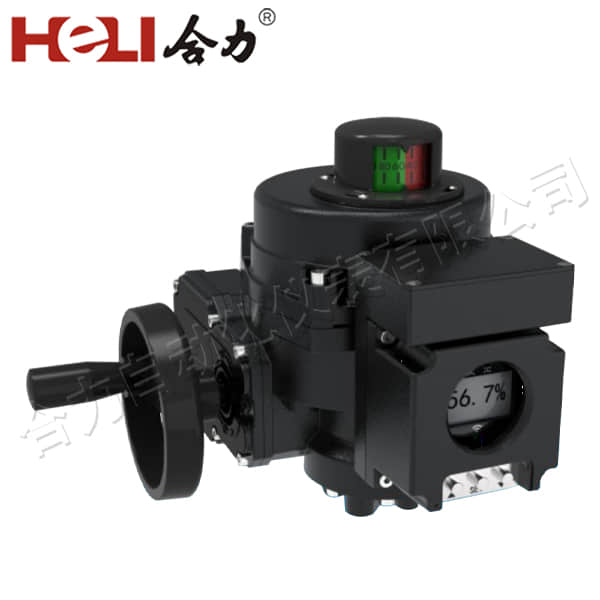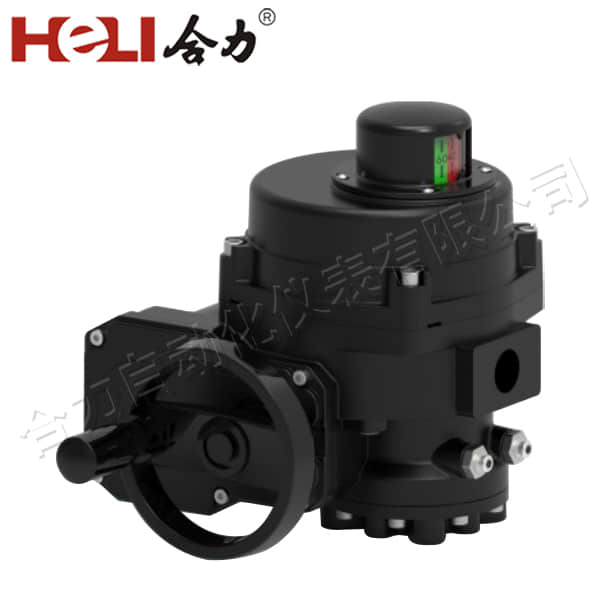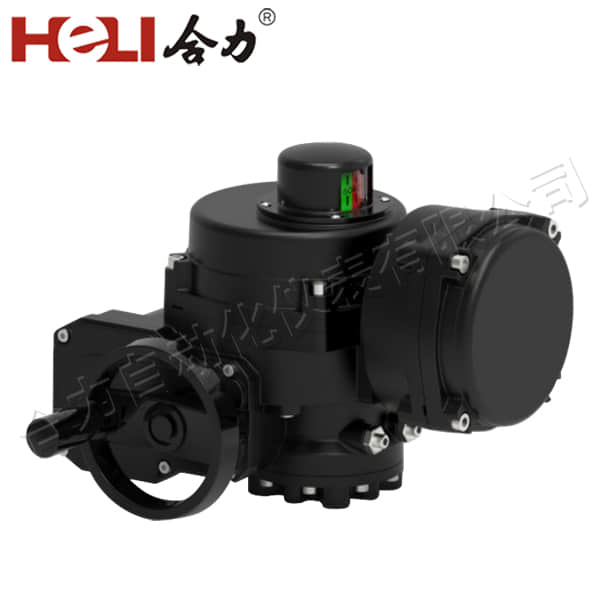understanding electric actuators: revolutionizing automation
Release time:2024-12-12 18:48:30
Electric actuators are pivotal components in modern automation and control systems, playing a crucial role in various industries such as manufacturing, aerospace, automotive, and robotics. By converting electrical energy into mechanical motion, electric actuators facilitate precise movement and control, leading to increased efficiency, safety, and reliability in operations. This article delves into the workings, types, advantages, and applications of electric actuators, highlighting their significance in today’s technological landscape.

How Electric Actuators Work

Electric actuators operate by utilizing an electric motor to create linear or rotary motion. The motor receives electrical signals from a controller, which dictates the desired position, speed, or force of the actuator. This process typically involves several components: Motor: The heart of the actuator, which converts electrical energy into mechanical energy.
Gearbox: Often integrated with the motor, the gearbox modifies the motor’s output speed and torque to meet specific requirements.




